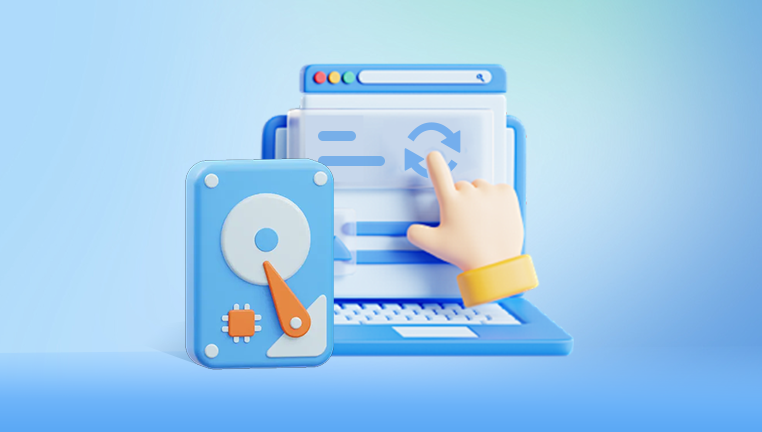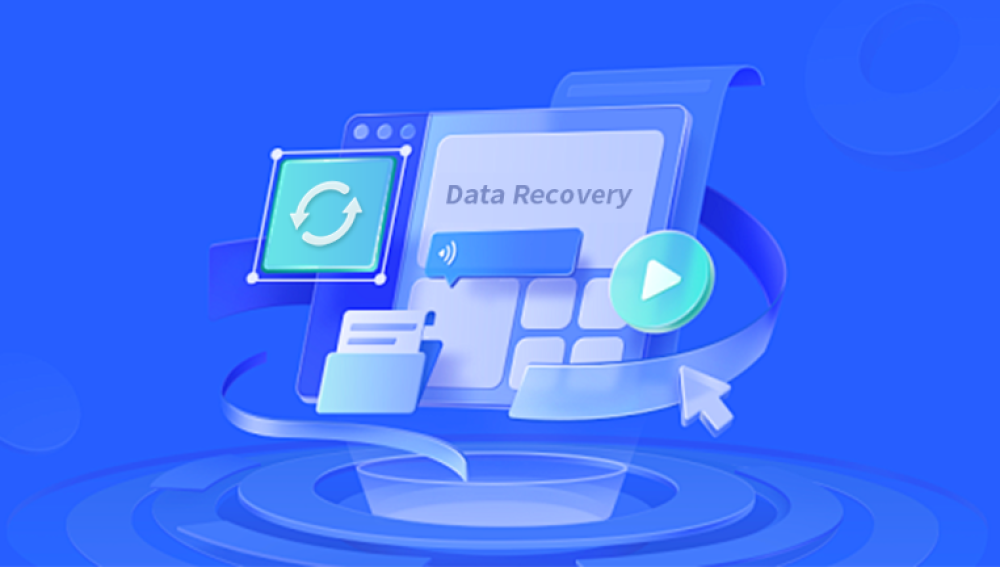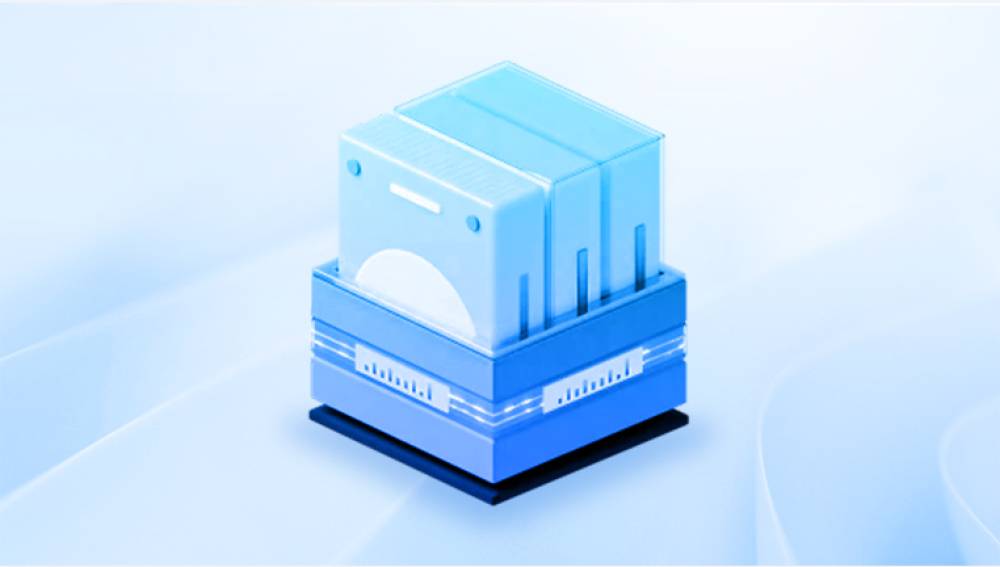If you're having trouble opening disk images, there are a few steps you can take to diagnose and possibly resolve the issue.
1. Verify File Integrity
Check the File Size: Ensure that the disk image files are complete and not partially downloaded or corrupted. Compare the file size with the expected size if you have that information.
Checksum Verification: If you have a checksum (e.g., MD5. SHA-1) for the disk image, use a utility to verify that the checksum of your file matches the expected checksum. This can help identify corruption.

2. Use Appropriate Software
Disk Image Utilities: Ensure you are using the right software to open the disk image. Common utilities include:
ISO Files: Use programs like WinRAR, 7-Zip, or ISO tools like PowerISO or Daemon Tools.
DMG Files: On macOS, use Disk Utility or try opening with a third-party app like The Unarchiver.
IMG Files: Use software like Disk Image Mounter on macOS, or utilities like ImgBurn on Windows.
Try Different Tools: Sometimes, one tool might fail while another can open the file. For example, if Daemon Tools doesn't work, try VirtualBox or VMware.
3. Check for File Corruption
Run a Disk Check: If the disk image was created from a physical drive, there might be an issue with the drive itself. Running a disk check or repair tool on the original drive might resolve underlying issues.
Repair Utilities: Some software tools can attempt to repair corrupted disk images. For example, IsoBuster or DiskInternals may be able to recover data from damaged images.
4. Verify File Compatibility
File Format: Ensure that the disk image file format is supported by your software. Some disk images might be in a less common format or use custom settings that require specific tools.
Operating System Compatibility: Make sure that the software you're using is compatible with your operating system and the disk image format.
5. Check for Encryption
Password Protection: If the disk image is encrypted or password-protected, you'll need to enter the correct password or use appropriate decryption tools.
Verify Encryption Method: Some disk images use specific encryption methods or software that might require particular tools or versions to open.
6. Consult Documentation and Support
Check Documentation: Refer to any documentation or user guides for the software you're using to see if there are specific steps or troubleshooting tips for opening disk images.
Contact Support: If you're using commercial software, contacting their support team can provide additional help, especially if the issue is related to a bug or a compatibility problem.
7. Try Recovery Options
Data Recovery Services: If the disk image contains critical data and all other methods fail, consider contacting a data recovery service. These professionals have specialized tools and expertise to recover data from damaged or corrupted disk images.
Backup and Restore: If you have backups of the data from which the disk image was created, restoring from backup might be a more reliable option.
8. Additional Tips
Update Software: Ensure that your disk image software is up-to-date, as updates can fix bugs and improve compatibility with various file formats.
Check System Resources: Make sure your computer has enough RAM and disk space available. Sometimes, large disk images require substantial system resources to open.
Test on Another Machine: If possible, try opening the disk image on a different computer to rule out hardware or software issues specific to your machine.
Opening disk images can sometimes be tricky, especially if the file is corrupted or if there are compatibility issues. By following these steps, you can diagnose and address many common problems. If all else fails, seeking professional help might be the best course of action.




